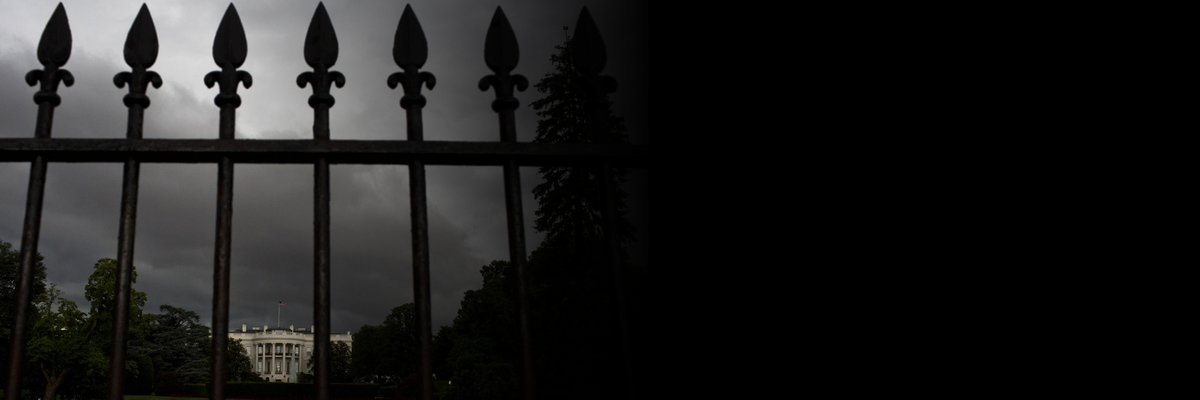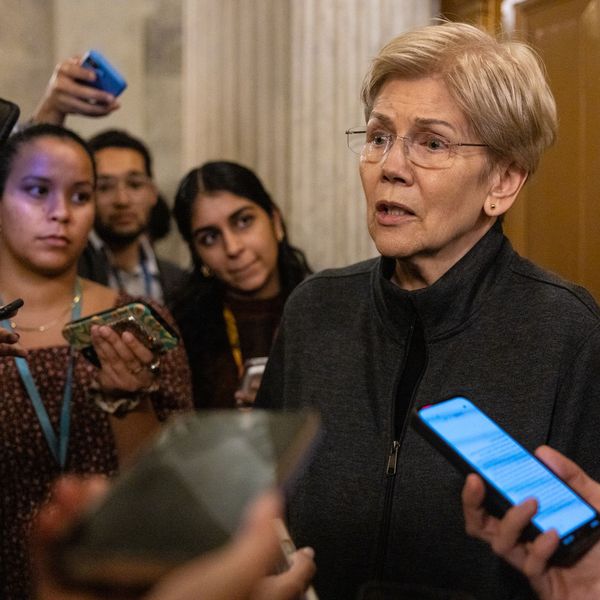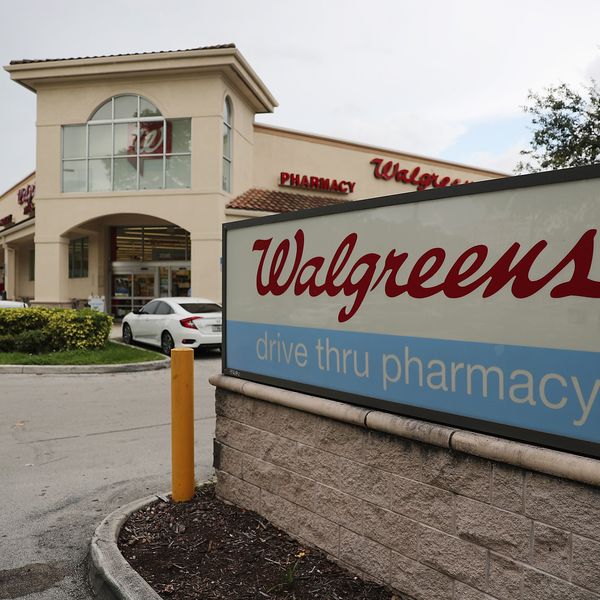Under the somewhat nonsensical headline, "Wall Street Demonstrations Test Police Trained for Bigger Threats," New York Times reporter Joseph Goldstein may have managed to turn in (9/27/11) a more offensive piece than Ginia Bellafante's June 25 dispatch (picked apart by Allison Kilkenny here).
The piece begins:
When members of the loose protest movement known as Occupy Wall Street began a march from the financial district to Union Square on Saturday, the participants seemed relatively harmless, even as they were breaking the law by marching in the street without a permit.
But to the New York Police Department, the protesters represented something else: a visible example of lawlessness akin to that which had resulted in destruction and violence at other anticapitalist demonstrations, like the Group of 20 economic summit meeting in London in 2009 and the World Trade Organization meeting in Seattle in 1999.
Well, that's just silly, for any number of reasons. (Times reporters in particular might want to be sensitive about these issues, since the paper was roundly criticized for printing erroneous articles about Seattle violence--one of which the Times corrected.)
But it gets worse:
The Police Department's concerns came up against a perhaps milder reality on Saturday, when their efforts to maintain crowd control suddenly escalated: Protesters were corralled by police officers who put up orange mesh netting; the police forcibly arrested some participants; and a deputy inspector used pepper spray on four women who were on the sidewalk, behind the orange netting.
So a controversial, well-documented act of police violence was a "milder reality" of a concerned police force whose "efforts to maintain crowd control suddenly escalated." Note the nobody's-responsible phrasing--whoops, efforts at crowd control just suddenly escalated!
The Times says that the "police's actions suggested the flip side of a force trained to fight terrorism." If assaulting peaceful protesters is the "flip side" of anti-terrorism, what does that look like?
Goldstein adds:
So even as the members of Occupy Wall Street seem unorganized and, at times, uninformed, their continued presence creates a vexing problem for the Police Department.
At this point I think most readers aren't wondering about the protesters seeming uninformed. But yes, attacking protesters is indeed a "vexing problem."
The piece's framing of the demonstrations is so curious that a reader might almost miss this bit of actual news:
Since August, investigators with the Police Department and the Federal Bureau of Investigation have monitored the online efforts of activists to bring demonstrations to Wall Street, people briefed on the matter said.
That sounds vexing too!
One of the most disturbing things about corporate media's disdain for (non-Tea Party) protests is the fact that this is fundamentally a serious attack on the speech rights of citizens. One would think that journalists, so quick to celebrate First Amendment rights, might consider this kind of police action something to treat critically--instead of covering for the cops.



